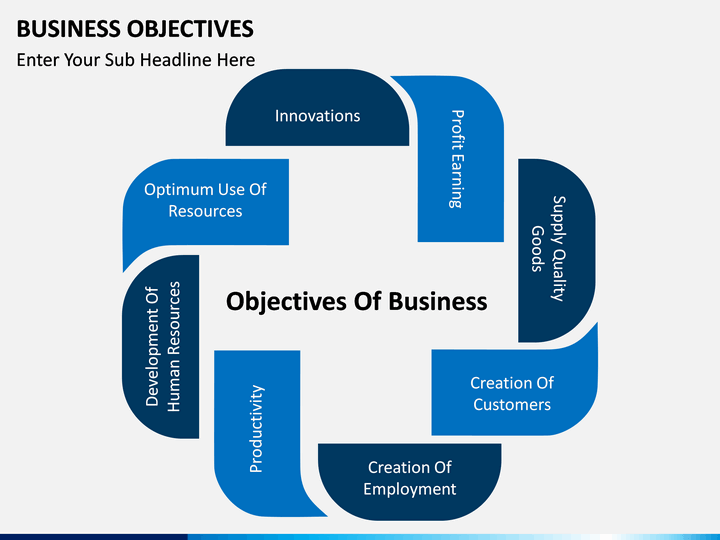

NoSQL databases, which are non-relational data management systems that are useful when working with large sets of distributed data.This can be as a measure against independent node failures, lost or corrupted big data, or to provide low-latency access. Distributed storage data, which is replicated, generally on a non-relational database.Stream analytics tools, which are used to filter, aggregate and analyze big data that may be stored in many different formats or platforms.Organizations use predictive analytics tools for fraud detection, marketing, risk assessment and operations. Predictive analytics hardware and software, which process large amounts of complex data, and use machine learning and statistical algorithms to make predictions about future event outcomes.

Hadoop can handle large amounts of structured and unstructured data.

Key big data analytics technologies and tools
#Hidden business operations software
mainstream business intelligence software.text mining and statistical analysis software.deep learning, which is a more advanced offshoot of machine learning.machine learning, which taps various algorithms to analyze large data sets.predictive analytics, which builds models to forecast customer behavior and other future actions, scenarios and trends.data mining, which sifts through data sets in search of patterns and relationships.The collected, processed and cleaned data is analyzed with analytics software.They look for any errors or inconsistencies, such as duplications or formatting mistakes, and organize and tidy up the data. Data professionals scrub the data using scripting tools or data quality software. Data is cleansed to improve its quality.Thorough data preparation and processing makes for higher performance from analytical queries. After data is collected and stored in a data warehouse or data lake, data professionals must organize, configure and partition the data properly for analytical queries. machine data captured by sensors connected to the internet of things (IoT).text from customer emails and survey responses.While each organization will use different data streams, some common sources include:

Often, it is a mix of semistructured and unstructured data.
#Hidden business operations for free
With an effective strategy, these benefits can provide competitive advantages over rivals.ĭownload this entire guide for FREE now! How does big data analytics work?ĭata analysts, data scientists, predictive modelers, statisticians and other analytics professionals collect, process, clean and analyze growing volumes of structured transaction data as well as other forms of data not used by conventional BI and analytics programs. The benefits may include more effective marketing, new revenue opportunities, customer personalization and improved operational efficiency. Organizations can use big data analytics systems and software to make data-driven decisions that can improve business-related outcomes. Business intelligence (BI) queries answer basic questions about business operations and performance.īig data analytics is a form of advanced analytics, which involve complex applications with elements such as predictive models, statistical algorithms and what-if analysis powered by analytics systems. On a broad scale, data analytics technologies and techniques give organizations a way to analyze data sets and gather new information. Big data analytics is the often complex process of examining big data to uncover information - such as hidden patterns, correlations, market trends and customer preferences - that can help organizations make informed business decisions.


 0 kommentar(er)
0 kommentar(er)
